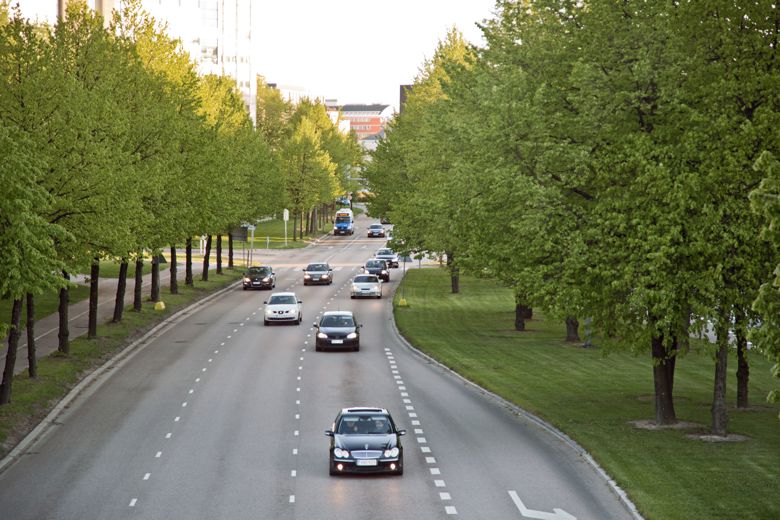Effect of vegetation and noise barriers on air quality

The effects of vegetation on the dilution of air pollutants have been studied in several different countries and cities. Studies conducted in Finland have not found vegetation to have a significant impact on the concentrations of air pollutants. Low vegetation, such as shrubs, vines, green roofs and grass, can slightly reduce pollution levels. However, planted areas can create additional distance between a traffic route and housing, which reduces the concentrations of air pollutants at the site. In Finland, deciduous trees and many shrubs are leafless most of the year, and leafless vegetation has little effect on air quality.
Studies have shown that densely planted and tall trees as well as wide crowns hinder the dilution of pollutants and can even worsen the air quality in street canyons. Tall trees with narrow crowns do not hinder the dilution as much as those with wide crowns. However, vegetation improves the comfort of environments.
Street dust can be combated with a weak saline solution. Almost all plants suffer from salt. Salt has a detrimental effect especially in the spring, when plants start coming to life.